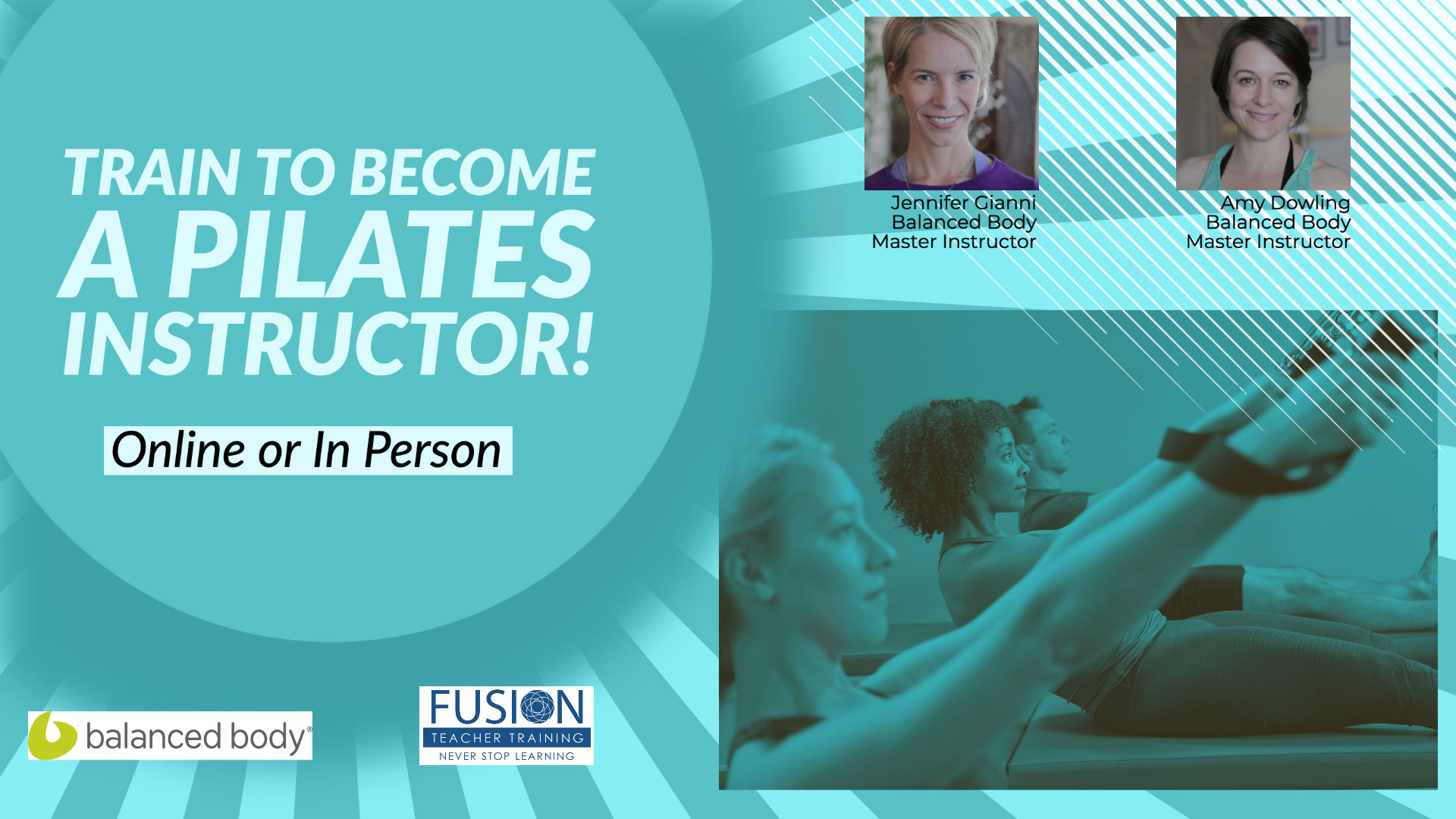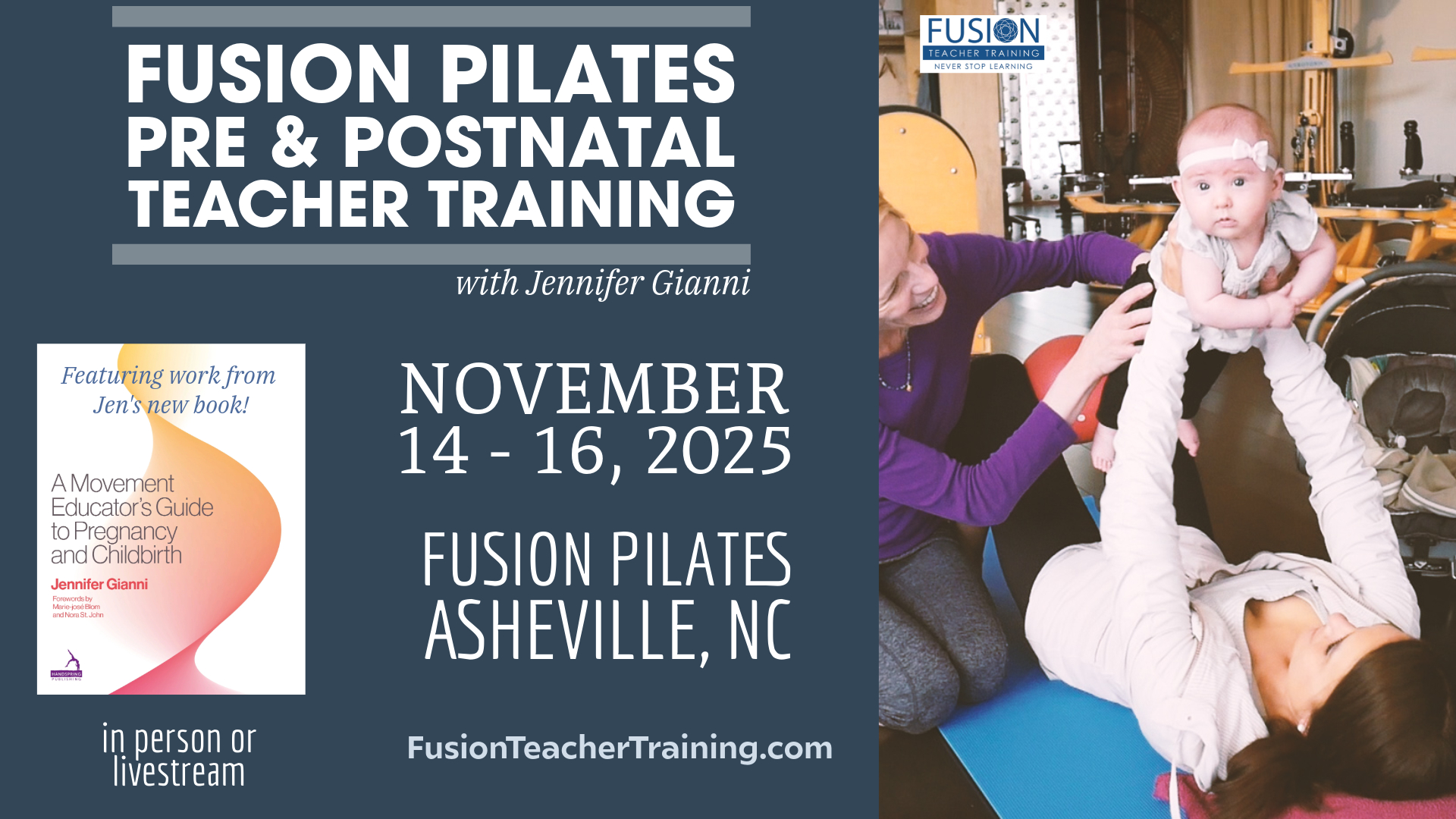 It’s rare that a week goes by without a new client walking into the studio explaining that their friend, doctor, or a magazine has told them that Pilates is the cure to low back pain. Well, yes and no.
It’s rare that a week goes by without a new client walking into the studio explaining that their friend, doctor, or a magazine has told them that Pilates is the cure to low back pain. Well, yes and no.
Just like everything else, a Pilates regimen needs to be balanced and tailored to the person doing it. It’s not magic and different things are going to work for different people.
In Pilates we emphasize the Core, which acts as an internal and external corset. When the Core muscles are activated and firing, they hug the lumbar vertebra, essentially stabilizing and providing traction to the lower spine.
If you have built a sturdy Pilates foundation (start by reading my previous entries!) then you are well on your way to preventing and maybe even repairing some damage you have done to your back.
However, Pilates exercises that are performed carelessly or incorrectly can exacerbate back pain and can even make it worse.
If you lack basic stability of the spine and pelvis you will be more likely to develop low back pain. For example, if you are unable to hold the spine and pelvis still and stable as you lower your legs toward the floor (in other words, if your ribs, lower back, and abdominals all pop toward the ceiling) then you need to do some foundational Pilates stability exercises. These stability exercises help to recreate a stable spine and to train the body to provide the appropriate level of support for any activity in which you partake.
Our goal is to hone our foundation work and stability exercises to strengthen and stabilize our spines which will relieve and prevent low back pain.
Exercise: Marching
Lie on your back with the knees bent and both feet planted on the floor. Feel equal weight on the back of each side of the pelvis. Engage the abdominals and hover one foot off the floor without changing what happens to the back of your body. Keep the back of the body stable and still.
Imagine that you have a hot bowl of soup on your belly and don’t spill it as the legs move.
When you can perform these types of foundation-building exercises (such as Marching) then you know you’re ready to move on to the more traditional Pilates exercises such as The Hundreds and the Teaser (we’ll discuss these Pilates staple exercises soon!).
Hot Tip
To advance the Marching, move the leg from the hip while keeping the same angle of the leg as you lower and lift it. When you’ve become confident in the larger motion of the leg, you can begin to scissor the legs past one another.
We hope this was helpful! Let us know your thoughts below.




Leave A Reply (No comments So Far)
Please - comments only. All Pilates questions should be asked in the Forum. All support questions should be asked at Support.
You must be logged in to post a comment.
No comments yet.